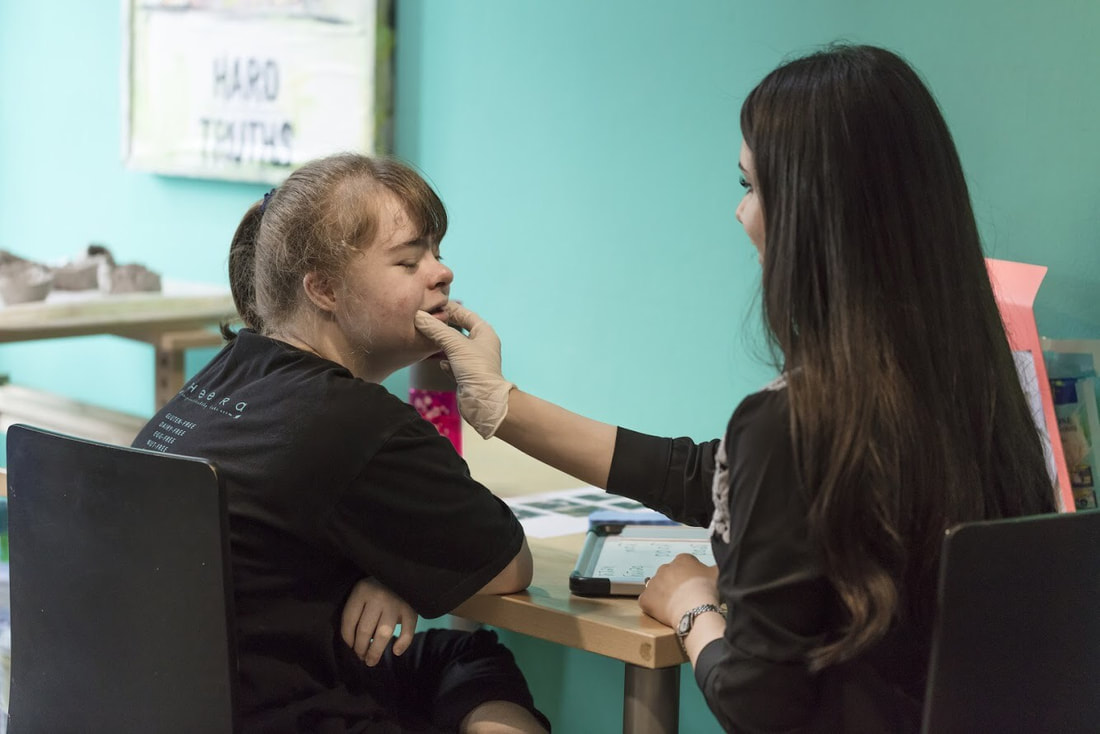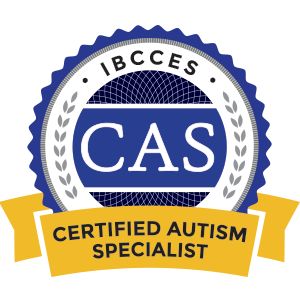|
Yesterday, I saw a child for his weekly Speech Therapy session. When I walked in he greeted me in an unusually grumpy way with his arms crossed. I asked him, “what's wrong?” and he replied, “I don't want to learn anymore, I never get ANY free time to play on my iPad!” I sat down next to him and said, “I understand that you are frustrated, I also feel frustrated when I have too much work and no free time.” He looked up at me in surprise. We spoke about this some more, and eventually, he transitioned into the session smoothly.
Non-compliance is a common issue faced by therapists during sessions. Parents also face this problem during home practice and so do teachers during their lessons. Children show non-compliance for a number of reasons. Some of these include, finding a task too challenging, being under-stimulated by an activity, being sick and so forth. Here are some tips which can help: 1. Acknowledge the child’s situation or feelings When you do this, you are validating what they are feeling. This is more likely to have a positive effect compared to if their feelings are disregarded. You can say things like, “I understand there is a lot going on around us today which is distracting you” or “this is tricky, but you are trying really hard.” 2. Identify clear start and finish points for activities Children, like adults, respond better when completing tasks they find difficult or they do not enjoy when they understand ‘how long’ the process will take. Before completing an activity, you can explain the beginning point of the activity (e.g. where they are expected to copy your ‘s’ sound five times) and the end point (e.g. once they have completed fifteen productions of the ‘s’ sound on their own). 3. Avoid teaching when the child is unwell When I am sick, the last thing I want to be doing is learning something new or practicing a task which I find difficult. Children are the same. I am yet to have a productive session with a child who is sick. When children are sick, try to postpone their therapy sessions, home practice and even going to school. This will give the child an opportunity to rest and recover. It will also prevent them from forming a negative association between the task they are completing and the feeling of being unwell. 4. Use a visual progress chart Children generally respond well when information is presented visually to them and when they can see their progress. You can use a visual progress chart made up of boxes which the child can 'tick' for each speech-sound production. Also, you can get creative with this. For instance, if you are teaching the ‘s’ sound in a session, draw a picture of a snake and boxes inside this picture for ticks. Once the child has ticked all the boxes inside the snake, you can move onto a new picture for the next sound. 5. Give specific praise A behaviour is likely to be repeated when it has been positively rewarded. If you want a child to repeat a behaviour, give them praise which is specific to that behaviour. For instance, if you are working on a lisp and the child says the ‘s’ sound correctly during an activity, your praise can be “I like how you said that s sound” or “great job keeping your tongue inside your mouth.” 6. Break-down tasks Several tasks can be overwhelming for children who have a speech or language delay. This can lead to behavioural difficulties during sessions or home practice. Be mindful of how many steps your activity requires and try to break these down into different stages. 7. Revisit the child’s goals Some children have meltdowns in sessions because they feel the activity is ‘too hard’. Other times, children act out because they are not being challenged enough. Revisiting the child’s goals will allow you to reflect on the level of difficulty of their activities and ensure that they are aligned with the child's strengths and challenges. 8. Understanding and addressing fidgeting I remember when I was growing up, most of my free time was spent playing on the swings at the park or rolling down grass hills. Nowadays, children spend most of their free time indoors. If children don't release their energy during free time then they will be more likely to so during learning time. One way to address fidgeting is to encourage children to have more play-time outside. Another way to address fidgeting is to use a wobble disk or fidget toys that the child can squeeze with their hands. 9. Involve unstructured learning For children who are below the age of four, play-based therapy works really well in teaching children speech and language skills. For more information, here is the link to my post on ‘Why Play Is The Way'. For school-aged children, consider activities such as role-plays with peers or conversation-like interactions in groups to replace traditional, structured learning. 10. Replace expectation with interaction Therapy sessions and home practice should not feel like a test. When teaching speech and language skills, the final goal is always preparing children to apply this during real-world interactions. Try to involve interactive activities as often as possible to re-enforce this. For instance, some children respond better to activities where we ‘take turns’ making sentences with target words rather than expecting them to make all the sentences on their own. 11. Involve the child’s interests When you involve a child's interest in their learning, they are likely to be engaged and learn more during activities. Non-compliance is a re-occurring difficulty faced by therapists, parents and teachers. This post has outlined some of the strategies which can be used to minimize this during therapy sessions, home practice and in classrooms. Speak soon, The Expat Speechie Comments are closed.
|
Welcome to my blog!
|






